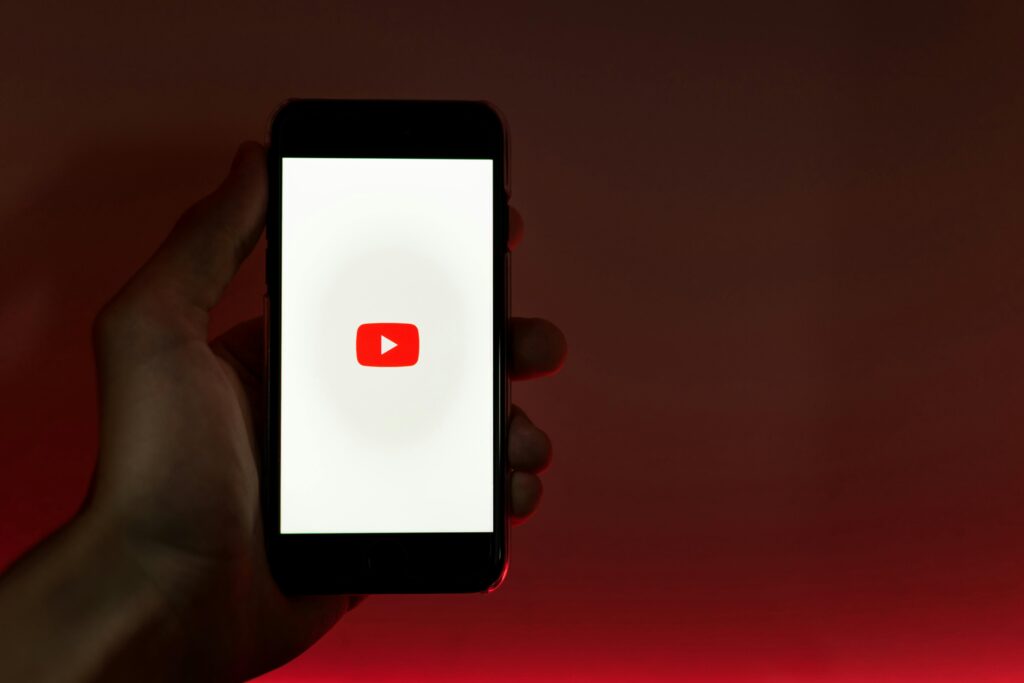Introduction
The Delhi High Court, through its order dated 1st September 2025, directed the Central Government to speed up the process of issuing guidelines to the Over-The-Top (hereinafter referred to as the “OTT”) to incorporate accessibility features on their respective platforms for persons with disabilities. The order was passed when Justice Sachin Datta was hearing the plea raised in Akshat Baldwa & Anr v. Maddock Films Private Limited. The Court gave the Government four weeks to report on its progress towards issuing guidelines on OTT accessibility, failing which a senior official would have to explain the delay in person.
Legal Framework: Mandate for Accessible Media
The disability laws in India explicitly mention the requirement to make content accessible. For instance, Section 42 of the Rights of Persons with Disabilities Act, 2016 (hereinafter referred to as the “RPwD Act”) mentions that the government must take measures to ensure that “persons with disabilities have access to electronic media by providing audio description, sign language interpretation and close captioning”. In particular, the provision establishes that all content available in audio, print and electronic media must be in an accessible format, and that persons with disabilities must have access to electronic media by providing audio description, sign language interpretation, and closed captioning. Likewise, the Appendix containing Code of Ethics in the IT (Intermediary Guidelines) Rules, 2021 (which cover OTT publishers) oblige platforms to take “reasonable efforts to improve accessibility” of their content. Similarly, the Ministry of Information and Broadcasting (hereinafter referred to as the “MIB”) issued new guidelines, dated 15th March 2024, for theatres requiring them to have sound amplification, captions and audio descriptions in cinema. However, OTT streaming was left out of that scheme, creating a regulatory gap.
Judicial Activism: Prior Orders and Pending Cases
This is not the first time that the courts have advocated for the rights of persons with disabilities. The courts have been prodding industry and government to act. In Akshat Baldwa v. Yash Raj Films, Justice Pratibha Singh admonished that “the non-provision of accessibility features would constitute an offence” under the RPwD Act,2016, since eight years had already passed from the implementation of the act, and there has been no progress. The court directed the MIB to finalise mandatory accessibility rules by July 15, 2024.
Simultaneously, the government announced the Accessible India Films section at IFFI 2024, which will screen movies with audio descriptions and support for Indian Sign Language, a proactive move demonstrating what is technically feasible in our market.
Government and Industry Response
Subsequent to the judiciary’s active involvement in facilitating accessibility rights, there was some official action, but it can be argued that the effect remains piecemeal. Following the Delhi High Court’s direction dated 19th December, 2024, in Akshat Baldwa v. Maddock Films, the MIB issued an Advisory dated 22nd April, 2025, reminding OTT platforms of their obligations under the RPwD Act, 2016 and the Information Technology (Intermediary Guidelines and Digital Media, Ethics Code) Rules, 2021. The advisory explicitly cited the Delhi High Court’s direction dated 19th December, 2024 in the Maddock Films case, and urged platforms to make “reasonable efforts to improve the accessibility of online curated content transmitted by it to persons with disabilities through the implementation of appropriate access services.”. It also tasked OTT self-regulatory bodies to ensure compliance. However, this is merely an advisory, and an advisory by itself has no binding force. It can be noted that, except for occasional voluntary measures, none of the top streaming services has announced a clear policy to retrofit all existing content or make captions mandatory by a deadline. Nevertheless, the Delhi High Court, on 19th May 2025, issued a notice on a plea in the Maddock Films matter, which challenges this advisory. Later, on 1st September, 2025, the court again directed the MIB to file its response within three weeks and that if the response is not filed within the aforesaid period, then the joint secretary of MIB has to be personally present on the next date of hearing.
Moreover, as per the “OTT Accessibility Study in Indian Language Content”, published by Billion Reader’s out of 26 leading OTT platforms in India, 23 platforms do not have accessibility features like same language captions or audio description for their content. Even the remaining three platforms offer minimal accessibility features. Due to the lack of adherence to guidelines or stringent laws, millions of Indians are excluded from the contemporary OTT Revolution.
Conclusion
The Delhi High Court has signalled that accessibility features in OTT are not optional amenities but legal requirements. The judge’s “last chance” ultimatum underscores how far policy lags behind promise. In a country that prides itself on constitutional equality, it is leaving millions with hearing or visual impairments on the sidelines of digital entertainment. Such an act can no longer be tolerated, and if anything, the Court’s stern tone in the order dated 19th May,2025, shows that meaningful inclusion, via closed captions, audio descriptions and sign language, must finally be enforced, not deferred. The Court’s firm stance reflects a growing recognition that equal access to digital content is not a privilege but a constitutional right that must be upheld without delay.
Vatsalya Raj Mishra
5th year student, B.B.A LL.B (Hon), BML Munjal University School of Law.

